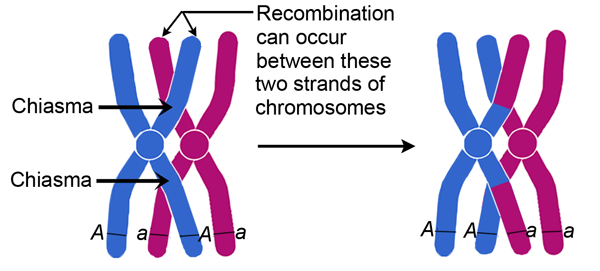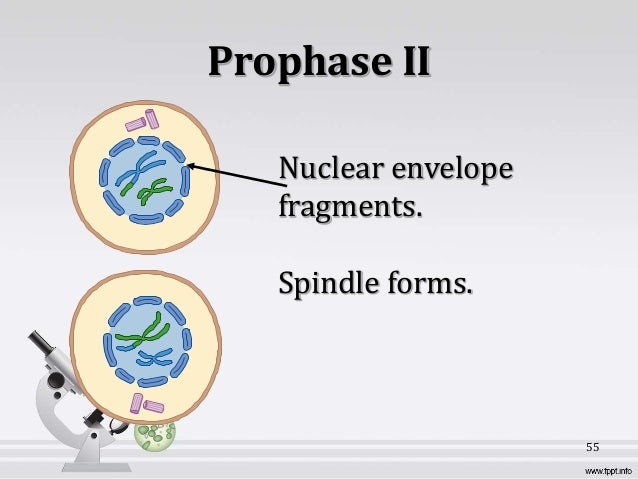In meiosis, how does prophase I differ from prophase II?
1 Answer
Oct 23, 2016
Prophase I of meiosis is a very elaborate phase subdivided in leptotene, zygotene, pachytene, diplotene and diakinesis. Prophase II is less eventful, similar to mitotic prophase.
Explanation:
Meiosis is reductional division. Preparation starts in prophase I where genetic recombination takes place through crossing over, i.e. exchange of chromosomal parts between homologous chromosomes. For this they come together due to formation of synaptonemal complex .

PROPHASE I
- Chromosomes start getting dehydrated and coiled as the prophase I begins (Leptotene).
- Homologous chromosomes come side by side, form bivalent (Zygotene)
- Later chromatids of each chromosome become distinctly visible and the homologous pair appear as tetrad (Pachytene). In pachytene crossing over also takes place.
- Points of crossing over appear as chiasmata (singular- chiasma) as the homologous chromosomes tend to separate (Diplotene).

- At the end of prophase I, the homologues separate, and nuclear membrane disappear ( Diakinesis).
PROPHASE II
- Chromosomes no longer remain in paired condition at the beginning of prophase II and the stage is not eventful, i.e. not subdivided in substages.
- Each chromosome is with two chromatids, but in prophase II chromosome number is just half of what it was in prophase I.
It ends to pave way for metaphase II.


